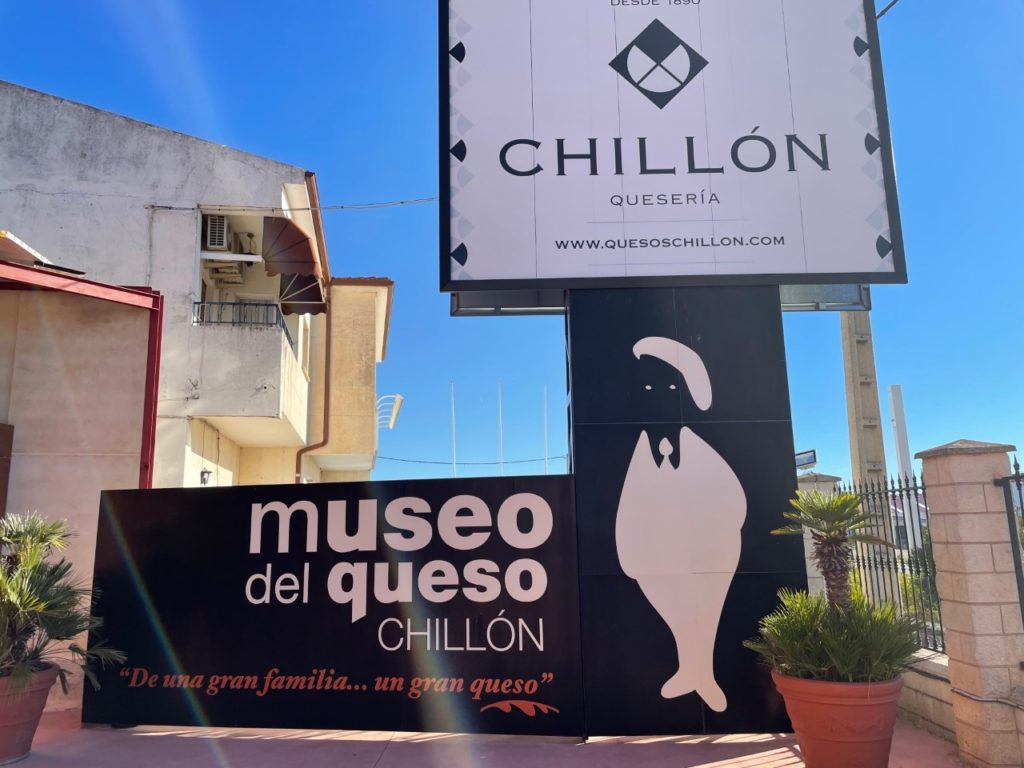
Toro and Arribes del Duero might not come to mind when thinking about a trip to Spain. They were places I hadn’t even heard of let alone thought of visiting. Fortunately, thanks to the Spanish Tourist Board, I was invited to explore and enjoy these wine-producing areas located northwest of Madrid.
Toro is a town and municipality in the province of Zamora, part of the community of Castile and León. In the west of the country, between the provinces of Salamanca and Zamora, lies one of the most incredible landscapes of inland Spain, Arribes del Duero.
Day One
The Amazing Toro
Our first event of the day was a visit to Pagos del Rey. Pagos del Rey winery in Toro opened in 2008, although the original winery dates back decades. Attached to the winery, visitors can find Pagos del Rey Wine Museum which offers an insight into grape-growing as well as the history and technique of winemaking.
The museum is located in the facilities of the old winery. The charm and character of the building and original tanks have been preserved as part of the museum.
We were treated to a tasting of a selection of the wines at the end of the tour. This opened my eyes to the potential that Toro holds as a destination ideal for those looking for something new and different.
After our visit to the Toro Winery, we enjoyed a delicious lunch at Bodega Latarce. The restaurant encapsulates the experience of Toro. It has a very authentic Spanish-style menu consisting of a great selection of meats and locally produced wines. Its old-world feel made the experience authentic to the traditional Spanish culture.
We stayed at Hotel Castillo Monte La Reina, a 19th-century neo-Gothic palace decorated in avant-garde and contemporary style. Its location is breathtaking, with incredible views of the landscape of Vega del Duero including spectacular vineyards.
To round off our first day we visited the centre of Toro and toured the city’s historic monuments such as the 12th century Collegiate Church of Santa María, the ancient “Plaza de Toro”, Toro’s historical streets and the medieval castle. A highlight of the trip was a visit to the traditional underground cellar of the D.O. Toro to understand the origins of Toro’s well-respected wines.
Day Two
Our second day of the trip began at the Chillón Cheese Museum. The museum tour consists of two parts. We learned the history of the variety of cheeses, the traditional methods used to make their cheese and how it has evolved over time. We were actually lucky enough to be brought around by a third-generation member of the family.
The second part of the tour is a tasting which offers the opportunity to sample a variety of Chillón’s cheeses paired with some more fantastic Toro wines.
Following our wine and cheese tasting at the cheese museum, we moved on to Bodegas Fariña. Bodegas Fariña is one of the more upscale, popular wineries in Toro. Again, like the previous wineries we had been to, we were educated on the history that wine has in Toro and were taught the process of how wine is made. This time on a grander scale.
As before, and unsurprisingly, the tour ended with a tasting of a selection of the wineries’ most popular wines with a cameo from one of the owners of the winery, Manuel Fariña.
For our lunch, we stopped off at a local restaurant, Bodegas Divina proporción. The food was again a very traditional Spanish style with likes of paella and many other cured types of meat. I thoroughly enjoyed the food and atmosphere of this restaurant and would recommend it highly.
This, unfortunately, concluded our amazing stay in Toro. Toro overall surprised me. It is a beautiful area of Spain which is rich in history and has an amazing story. If you are a bit of ‘wino’ like myself, it’s a must-visit for you. The locals of Toro couldn’t have put it any better themselves, wine is in their DNA!
Jack Goddard reporting on a 3-night wine tasting trip to Toro in October 2021 with the Spanish Tourist Board flying direct from Dublin to Madrid with Ryanair and Iberia. For more information, contact your local travel agency.














